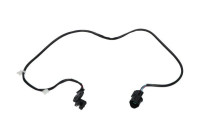
Sensor, crankshaft pulse ECR-5511 Kavo parts
Guarantee: 3 years
Number of contacts: 3
Please your vehicle
A crankshaft sensor monitors the number of turns of the crankshaft makes. The rotational speed, gathered by the sensor, is passed on to the engine management system (ECU) via an electrical signal. A crankshaft position sensor is located close to the crankshaft distance wheel in the bottom block of your car's engine. If the sensor is failing, the engine will perform poorly and in some cases even stop or fail to start. Driving with a failing crankshaft position sensor can be difficult and potentially dangerous. It could lead to long-term vehicle damage and expensive repairs, or even stop the car from working at all. In this case you need to replace the crankshaft sensor. You can order a new crankshaft sensor quick and easily at Winparts.

Guarantee: 3 years
Number of contacts: 3

Guarantee: 3 years
Number of contacts: 3
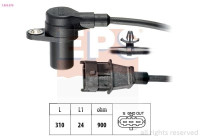
Guarantee: 2 years
Length [mm]: 310

Guarantee: 3 years
Number of contacts: 3
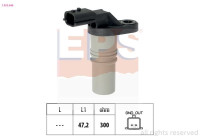
Guarantee: 2 years
Sensor Length [mm]: 47,2
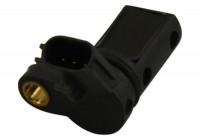
Guarantee: 3 years
Number of contacts: 3

Guarantee: 3 years
Number of contacts: 1
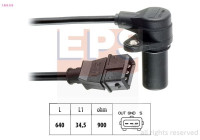
Guarantee: 2 years
Length [mm]: 640

Guarantee: 3 years
Number of contacts: 3
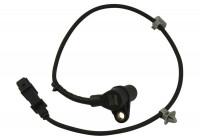
Guarantee: 3 years
Number of contacts: 3
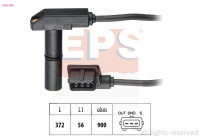
Guarantee: 2 years
Length [mm]: 372

Guarantee: 3 years
Number of contacts: 3
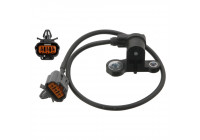
Number of connectors: 3
Guarantee: 3 years
Cable length (mm): 400
Weight [kg]: 0,09

Guarantee: 3 years
Number of contacts: 3
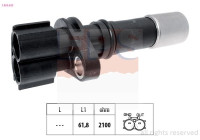
Guarantee: 2 years
Sensor Length [mm]: 61,8
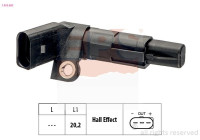
Guarantee: 2 years
Sensor Length [mm]: 20,2
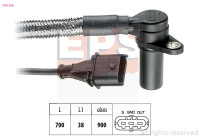
Guarantee: 2 years
Length [mm]: 700
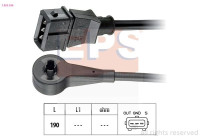
Guarantee: 2 years
Length [mm]: 190
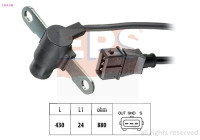
Guarantee: 2 years
Length [mm]: 430
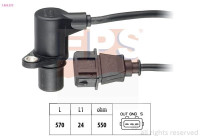
Guarantee: 2 years
Length [mm]: 570